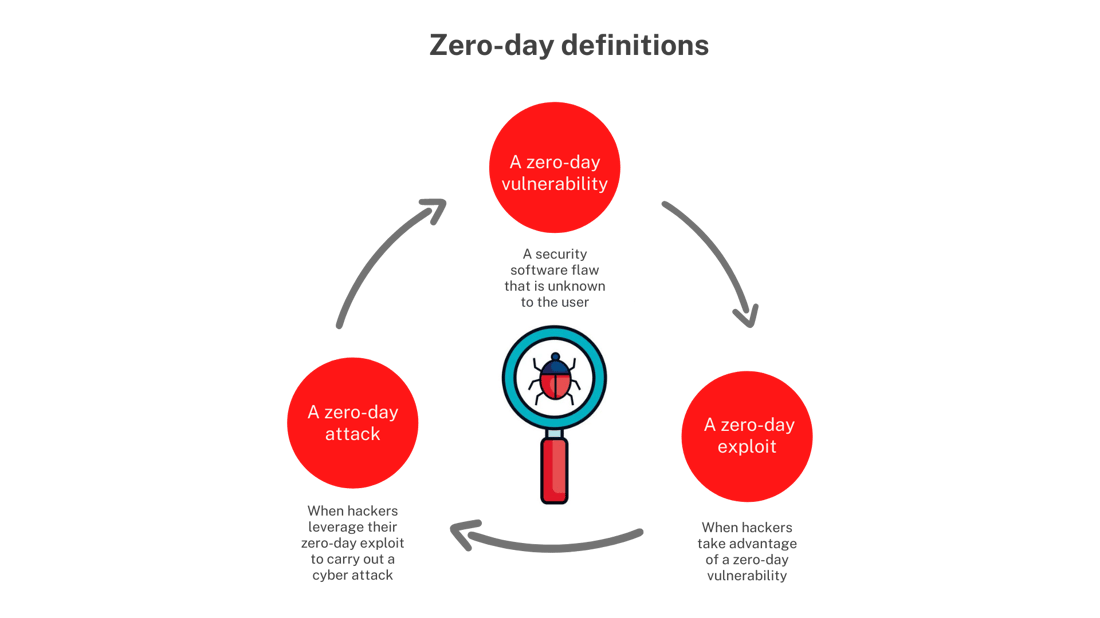
NIST Guidelines: Shaping Digital Standards for Cybersecurity
The National Institute of Standards and Technology (NIST) stands as a linchpin in the realm of cybersecurity, providing guidelines and frameworks that shape digital standards. This article delves into the pivotal role of NIST in cybersecurity, examining its impact, key contributions, and the influence it wields in fostering a secure digital landscape.
The Essence of NIST in Cybersecurity
1. Establishing Frameworks for Cybersecurity
NIST plays a central role in establishing comprehensive frameworks that guide organizations in fortifying their cybersecurity postures. These frameworks provide a structured approach, outlining best practices, risk management processes, and security controls to enhance resilience against evolving cyber threats.
2. Influence on Industry Standards*
NIST’s influence extends beyond its frameworks, significantly impacting industry standards. Through collaboration with stakeholders, including government agencies, private enterprises, and academia, NIST contributes to the development and refinement of standards that set benchmarks for cybersecurity practices globally.
Key Contributions of NIST in Cybersecurity
1. NIST Cybersecurity Framework (CSF)*
The NIST Cybersecurity Framework, a cornerstone in cybersecurity guidelines, offers a systematic approach to managing and mitigating cybersecurity risks. It consists of five core functions: Identify, Protect, Detect, Respond, and Recover, providing organizations with a holistic strategy to enhance their cybersecurity resilience.
2. Special Publications and Guidelines*
NIST releases a series of Special Publications (SP) and guidelines that delve into specific aspects of cybersecurity. These documents offer in-depth insights into topics such as cryptographic standards, risk management, and secure configuration, serving as invaluable resources for organizations seeking to bolster their security measures.
NIST’s Influence on Emerging Technologies
1. Impact on Cloud Security*
As organizations increasingly adopt cloud technologies, NIST provides guidelines for securing cloud environments. Its recommendations cover aspects like data protection, identity management, and secure deployment strategies, offering a roadmap for organizations navigating the complexities of cloud security.
2. IoT Security Considerations*
The Internet of Things (IoT) introduces unique cybersecurity challenges. NIST addresses these challenges by providing guidelines for securing IoT devices and networks. Its contributions aid in establishing a baseline for IoT security, fostering a more secure and interconnected digital ecosystem.
NIST and the Evolving Threat Landscape
1. Adaptive Responses to Emerging Threats*
NIST’s approach to cybersecurity is adaptive, with the institute actively responding to emerging threats. Through continuous research and collaboration, NIST ensures that its guidelines and frameworks remain relevant, addressing the dynamic nature of cybersecurity challenges.
2. Integration of Privacy Considerations*
With an increasing focus on privacy concerns, NIST integrates privacy considerations into its cybersecurity frameworks. This approach acknowledges the interconnected nature of cybersecurity and privacy, providing organizations with guidance on maintaining a balance between security and individual privacy.
Empowering Cybersecurity with NIST Resources
For a deeper exploration of NIST’s impact on cybersecurity and access to its frameworks and guidelines, visit National Institute of Standards and Technology (NIST). This resource offers a wealth of information, empowering organizations and individuals in implementing NIST’s best practices for a more secure digital future.
In conclusion, NIST stands as a beacon in the cybersecurity landscape, shaping digital standards and providing organizations with the tools needed to navigate the complex and ever-evolving threat landscape. By embracing NIST’s guidelines and frameworks, entities can establish robust cybersecurity measures, contributing to a more secure and resilient digital ecosystem.































